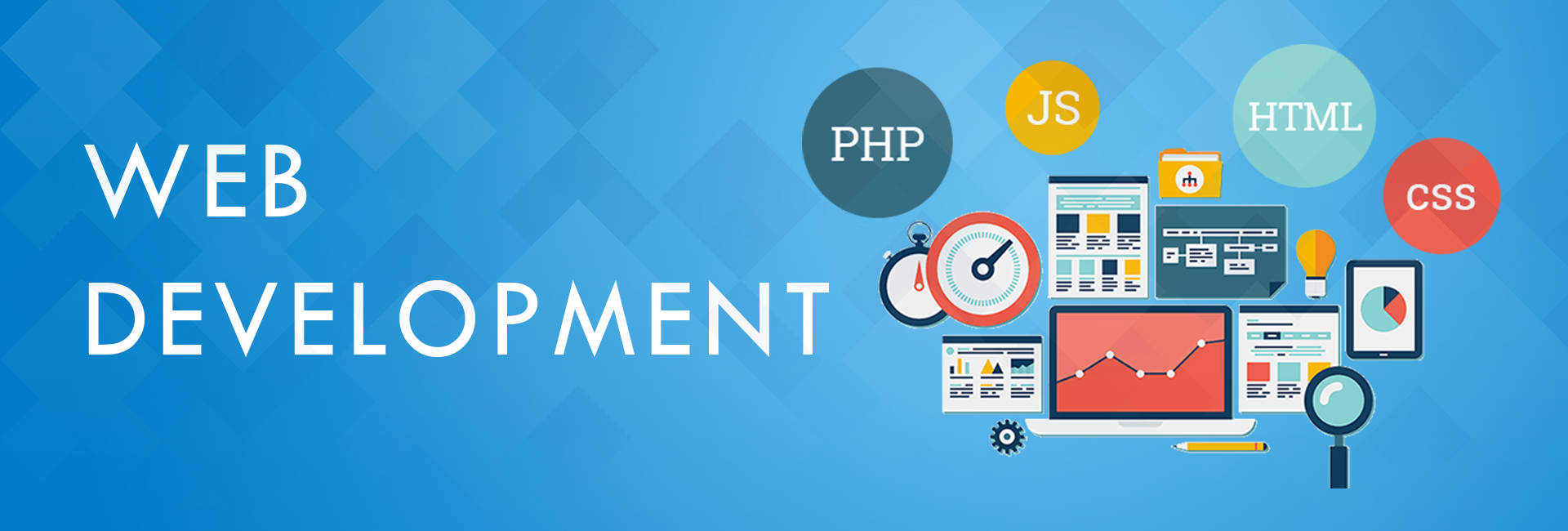Green technology, also known as sustainable technology, represents innovative approaches and tools designed to minimize environmental impact while promoting energy efficiency, conservation, and sustainability. With the urgent need to address climate change and depleting natural resources, green technology is becoming an essential part of building a sustainable future. This article explores the key aspects of green technology, its benefits, challenges, and its role in shaping a sustainable tomorrow.
What is Green Technology?
Green technology encompasses technologies, practices, and products that mitigate environmental harm and promote the efficient use of natural resources. These include renewable energy systems, eco-friendly manufacturing, and sustainable waste management practices.
Key Examples:
- Renewable Energy Sources: Solar, wind, geothermal, and hydroelectric power.
- Energy Efficiency Solutions: Smart grids, LED lighting, and energy-efficient appliances.
- Sustainable Agriculture: Precision farming, vertical farming, and organic practices.
- Waste Management: Recycling innovations and biodegradable materials.
Benefits of Green Technology
- Reduced Carbon Footprint: Green technology reduces greenhouse gas emissions by replacing fossil fuels with cleaner energy sources.
- Resource Conservation: Sustainable technologies encourage responsible use of water, energy, and raw materials.
- Economic Growth: Green innovations create jobs in renewable energy, sustainable manufacturing, and eco-friendly product development.
- Improved Public Health: Cleaner energy and reduced pollution lead to healthier living conditions.
- Long-term Savings: Energy-efficient technologies lower utility costs and enhance resource sustainability.
Challenges in Implementing Green Technology
Despite its potential, green technology faces several obstacles:
- High Initial Costs:
Many green technologies require significant upfront investments, making adoption challenging for small businesses and developing nations. - Limited Awareness:
Insufficient knowledge about sustainable practices hinders widespread implementation. - Infrastructure Limitations:
Existing infrastructure may not support large-scale green energy solutions. - Regulatory Barriers:
Policies and regulations often lag behind technological advancements, delaying adoption. - Technological Gaps:
Some sustainable technologies are still under development or are not yet commercially viable.
Role of Green Technology in a Sustainable Future
- Energy Transformation:
Transitioning from fossil fuels to renewable energy sources can significantly reduce global carbon emissions. - Circular Economy:
Green technologies enable recycling and reuse, minimizing waste and promoting sustainable production. - Climate Resilience:
Smart technologies like AI and IoT can help predict environmental changes and mitigate their effects. - Urban Sustainability:
Green buildings and smart cities utilize eco-friendly designs and technology to reduce energy consumption and environmental impact. - Global Collaboration:
International cooperation on green technology can help bridge gaps in funding, knowledge, and implementation.
Conclusion
Green technology holds the promise of a sustainable future, balancing economic growth with environmental stewardship. By overcoming challenges and embracing innovation, we can build a world that thrives on renewable resources, minimizes waste, and prioritizes ecological health. Governments, businesses, and individuals all have a critical role to play in driving the adoption of green technology, ensuring a better future for generations to come.


